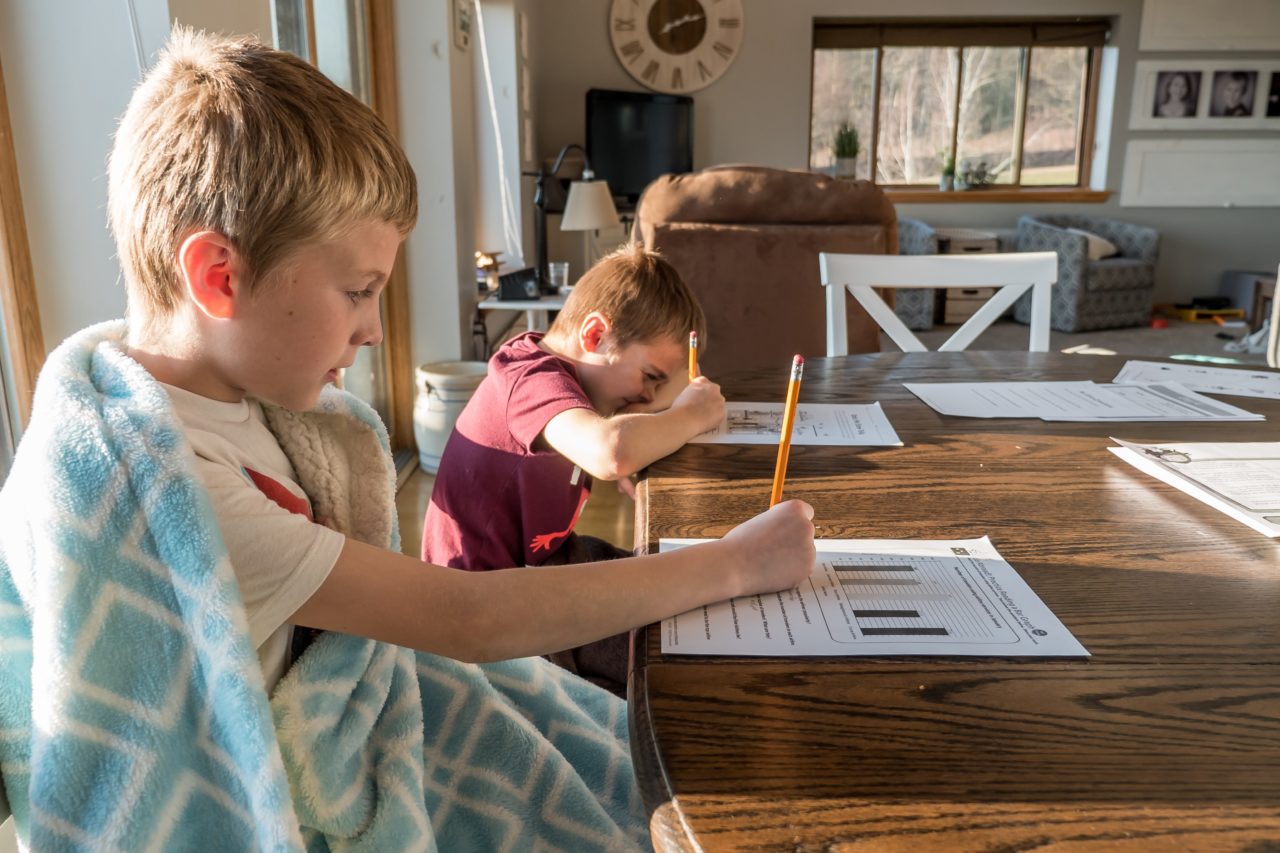Brain Breaks
Home schooling struggles are something most parents and children can now relate to. Children with learning and thinking differences have these struggles every day and can make homework extra frustrating and harder to get through. It’s good for all children to know how to refresh and refocus when home schooling or homework gets tough.
Brain breaks during homework or lengthy chores can help relieve that frustration. They can also help children learn to self-regulate and self-monitor when they’re getting fed up or losing track of what they’re doing.
Brain breaks can include physical activities or relaxing, quiet activities. It’s important to pre-plan brain breaks and set ground rules with your child.
A brain break is just what it sounds like—a break from whatever children are focusing on. Short brain breaks during work time have been shown to have real benefits. They reduce stress and frustration and increase attention and productivity.
The key is to take them before fatigue, distraction or lack of focus set in. For infant school children, that’s typically after 10 to 15 minutes of work. At that point, they may need a three- to five-minute break. Primary and secondary school children can work for longer—up to 20 to 30 minutes before a break.
The goal of brain breaks for children is to help their brains shift focus. Sometimes that means getting up and moving, especially if your child has been sitting for a while. Exercise increases blood flow to the brain, which helps with focus and staying alert. It also reduces stress and anxiety, making it easier to focus on important tasks.
Research has also shown that children learn more quickly after they’ve exercised. In one study, children were 20% faster at learning vocabulary words after they’d exercised than when they hadn’t.
Brain breaks don’t always have to be active. Relaxing, quiet activities can have similar benefits. They may also be a better option for children who can get overstimulated by a physical brain break. Active breaks may make it tougher for these children to settle back down to do homework.
Asking children to do a short, guided meditation exercise, directed drawing, doodling or quiet stretching can work, too. Just a few minutes can be enough time to give the overworked area of the brain time to recharge.
To make a brain break effective for your child, there are a few things to consider. First, you’ll want to make sure it’s an actual break. Moving from homework to an activity that feels like more work won’t help your child stay focused. Make sure your child takes brain breaks before fatigue and distraction set in.
For children who need quiet and relaxation, a brain break can be as simple as actively sitting still. While they do that, kids can also take a minute to feel their heartbeat.
For children who need activity, taking a “dance break” is a fun way to refocus and refresh.
Examples of typical physical activities
- Stretching breaks that include yoga poses (dog, cat, cow, bug, rock) and animal walks (walk like a bear, hop like a frog, stand like a flamingo, fly like a bird)
- Wall push-ups
- Regular push-ups
- Yoga ball activities
- Sit-ups
- Running on the spot as fast as possible
- Cross crawls (touch hand to opposite knee)
- Rocket ship jumps (bending down, touching toes and bouncing while counting down from 10, then blast off)
- Snow angels on the floor
Your child may also benefit from activities often used as part of a sensory diet. These might be oral-motor activities like chewing on a crunchy snack or doing tactile activities, like using play dough.
How to Plan Brain Breaks
Whatever activities you use, it’s important to do some pre-planning with your child. That includes setting ground rules around the purpose of a brain break.
For some children, a brain break may need to happen when they’re getting frustrated or distracted. For others, it may be a reward for staying on task for a certain amount of time. Or, it may be a step on the way to accomplishing a larger goal. (For example, taking a break after 10 minutes of silent reading to make sure your child is able to finish 30 minutes of reading.)
Interval breaks: Younger children tend to benefit from taking breaks at timed intervals. For instance, your child might work for five minutes and then take a two-minute break. You can use a timer to help your child understand how much time is passing. It helps kids learn what they can do in a set amount of time. Give specific instructions about how long the break will last and explain the activity. Then start the timer. The timer provides a built-in warning that the break is winding down. You can also use verbal reminders like, “Wasn’t that fun? Now it’s time to get back to your homework!”
Ratio breaks: Older children tend to benefit from taking breaks that are tied to a certain number of behaviours. For instance, once the maths homework is complete, your child might take a five- or 10-minute brain break before moving on to English homework or after completing five out of 10 maths problems. Brain breaks can help reduce anxiety. And being able to return to a task and get it done can build self-confidence and self-esteem. It can also show children that there are lots of ways to work on challenges and stay motivated.
To sign up to our regular Parenting in a Pandemic newsletters click here.

